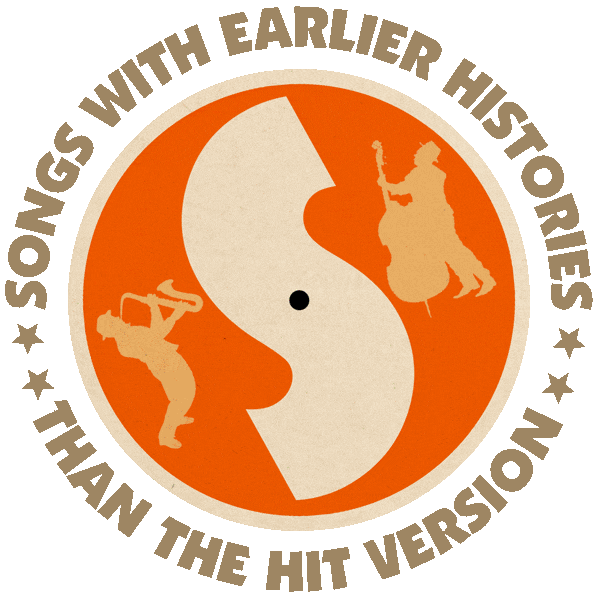First recorded by The Sunset Four Jubilee Singers (1925).
Also recorded by Birmingham Jubilee Singers (1930), Odetta (1954), Johnny Griffin & the Big Soul Band (1960), Graham Bond Organisation (1965).
Hit versions by Ramsey Lewis (US #19/R&B #3/UK #31 1966), Herb Alpert (US #37/MOR #5 1967).
Melodic refrain used (in “Little Walter”) by Tony! Toni! Toné! (US #47/R&B #1 1988).
From the wiki: “‘Wade in the Water’ is the name of a Negro Spiritual first published in New Jubilee Songs as Sung by the Fisk Jubilee Singers (1901). It is associated with the songs of the Underground Railroad, and the verses reflect the Israelites’ escape out of Egypt as found in the Book of Exodus. Some sources claim that songs such as ‘Wade in the Water’ contained explicit instructions to fugitive slaves on how to avoid capture. (This particular song allegedly recommends leaving dry land and taking to the water as a strategy to throw pursuing bloodhounds off one’s trail.) The first known recording was made in 1925 by The Sunset Four Jubilee Singers.
“Other early recordings were published by the Birmingham Jubilee Singers (1930), and Odetta (1954). A 1960 instrumental recording by Johnny Griffin & the Big Soul Band is thought to have inspired both the Graham Bond and Ramsey Lewis recordings.

